[vc_row][vc_column][vc_column_text]
Imagem: Grand Rue, 2010
[/vc_column_text][vc_column_text]A R.Nott Magazine entrevistou o artista belga Johan Van Mullem, um dos maiores pintores da atualidade a nível mundial. Conheça o seu pensar sobre o fazer artístico e algumas obras selecionadas por ele mesmo para esta matéria exclusiva!
[/vc_column_text][vc_column_text]
“Por acaso a vida faz sentido, uma vez que você não sabe de onde veio nem para onde vai? Por acaso a vida faz sentido, uma vez que a única coisa que você sabe é que vai morrer? Eu creio que todo o resto entre o nascimento e a morte é fonte de experimentação. Nada de certezas.”
[/vc_column_text][vc_empty_space height=”52px”][/vc_column][/vc_row][vc_row][vc_column][vc_column_text]♦ Como, onde, quando e por quê.
Eu comecei a pintar e desenhar quando era criança. Sinto que eu sempre soube que eu era um pintor, não que eu queria ser um. Algo entre o consciente e o inconsciente, um tipo de “verdade interna” que faz cada vez mais sentido quanto mais você sente que se aproxima de si mesmo.
Meu pai, avô e bisavô eram desenhistas e pintores (por hobby e autodidatas), e a minha mãe uma grande musicista (hobby, mas com elevada educação no piano). Eu fui presenteado com ambos os dons, mas levei muito tempo para alcançar meu objetivo e me tornar um artista. Estudei arquitetura, mas nunca construí uma casa. Eu nunca estudei arte. Sou ½ autodidata.
♦ Quando você sabe que terminou uma obra e ela está irretocável?
Acho que a criação é um diálogo. Um diálogo não consigo mesmo, mas com o ambiente. Algo global, uma mistura de intuição e educação. É uma experiência contínua como a vida, feita de ontem, amanhã, e momentos entre eles. Isso significa que, de certo modo, nunca nada está terminado, e certamente não está completo. O trabalho é a expressão de um desses momentos. Ninguém pode reinterpretar o momento certo ou criar as condições similares em que o trabalho foi criado. Então qualquer um que olha para um trabalho, até mesmo o artista, poderá ter apenas uma interpretação do que vê ou sente.
É mais uma questão de terminar a sua “missão” num trabalho e deixá-lo percorrer o seu próprio caminho, para que você possa começar um novo.
Talvez todos os trabalhos colocados juntos possam dar uma ideia aproximada do corpo “completo” da obra, mas ainda assim isso permanecerá “retocável”.[/vc_column_text][vc_gallery type=”image_grid” images=”6721,6720″ img_size=”full”][/vc_column][/vc_row][vc_row][vc_column][vc_column_text]♦ Qual é a sua relação com os personagens que você pinta? De onde eles vêm (e para onde estão indo)?
Eu produzo imagens, personagens, mas como são todas pessoas desconhecidas (nenhum retrato ou cópia de imagens), e como não há intenção ou uma abordagem intelectual, sinto que meus trabalhos tentam tornar o “invisível” possível, ou vivo.
Tem mais a ver com tentar fazer algo acontecer do que tentar convencer.
Quem sabe de onde ele vem e para onde vai? Esse é exatamente o ponto, todo o resto é preenchimento.
Memórias, fantasmas, visitantes, almas, tanto de ontem como de amanhã, não interessa, desde que me deem a sensação de existir. Eles dão significado para a minha conquista.
♦ Se alguém te dissesse que a pintura é um meio obsoleto, o que você diria?
Por acaso a vida faz sentido, uma vez que você não sabe de onde veio nem para onde vai? Por acaso a vida faz sentido, uma vez que a única coisa que você sabe é que vai morrer? Eu creio que todo o resto entre o nascimento e a morte é fonte de experimentação. Nada de certezas. Nem mesmo sobre bom ou mau, certo ou errado.
Vejo apenas que a pintura (e a criação em geral) sempre esteve presente, até onde sabemos. A pintura pertence ao mundo das imagens, mas o simbolismo relacionado a ela sempre foi extremamente forte em cada período em que ela era criada. Nada deve ser considerado obsoleto na pintura, já que tudo nela tem a ver sempre com a mesma história. Se a pintura existia em cavernas pré-históricas e ainda existe hoje, temo que a ideia de “meio obsoleto” pode tornar-se rapidamente obsoleta.[/vc_column_text][vc_gallery type=”image_grid” images=”6722″ img_size=”full”][/vc_column][/vc_row][vc_row][vc_column][vc_column_text]♦ Para você, o que é uma boa pintura?
Como eu disse antes, não acredito em bom ou mau porque isso significa separação, subjetividade e interpretação. Bom e mau usam um circuito cerebral e intelectual, enquanto eu acredito no que diz o nosso coração. Para mim a pintura tem a ver com evocação e ressonância.
♦ Quem você considera um grande artista hoje?
Todos os seres humanos.
♦ Você vê o artista contemporâneo como alguém capaz de transgredir as regras?
O primeiro passo na emancipação é transgredir as regras simbolizadas pelos pais para poder ser livre, agindo de sua própria maneira e criando a sua própria vida. Cada nova geração tem transgredido as regras paternais na sociedade e nas artes (música, pintura…), achando o seu próprio e particular meio de expressar a sua (r)evolução.
Quem são os pais no mundo das Artes? Não há pais… Nem regras para transgredir.[/vc_column_text][vc_gallery type=”image_grid” images=”6725,6727″ img_size=”full”][/vc_column][/vc_row][vc_row][vc_column][vc_column_text]♦ Como as pessoas reagem ao seu trabalho? É inesperado de alguma maneira?
Às vezes ficam felizes, tristes, chocados, choram, riem, silenciam, se ultrajam, ficam curiosos, laudatórios, previsíveis, críticos, etc…. De certo modo a reação tem mais a ver com eles do que com o artista. O artista é um alvo fácil, mas posso entender que uma peça artística pode criar uma reação. Uma das mais belas reações e experiências é ver alguém surpreendido por suas próprias emoções.
♦ Quem são suas maiores influências e heróis?
Meus pais, de um jeito involuntário, que me deram a força para derrotar suas fortes regras e tornar-me o herói (ou lenda) de minha própria vida.
♦ Que obra de arte alheia você alteraria sem pestanejar?
“don’t think twice, it’s all right”… (Bob Dylan)[/vc_column_text][vc_gallery type=”image_grid” images=”6724,6729″ img_size=”full”][/vc_column][/vc_row][vc_row][vc_column][vc_column_text]♦ Quais são as suas principais referências culturais?
Não faço ideia.
♦ Existe algo que você sempre quis responder e nunca te perguntaram? Se sim, por favor responda. =)
Resposta: quem é você?
Acho que essa é a pergunta.[/vc_column_text][vc_gallery type=”image_grid” images=”6728,6726″ img_size=”full”][/vc_column][/vc_row][vc_row][vc_column][vc_column_text]
ENGLISH VERSION
[/vc_column_text][vc_column_text]♦ How, where, when and why.
I started painting and drawing when I was a child. I have the feeling I always knew not that I wanted to be a painter, but that I was a painter. Something between conscious and unconscious. A kind of “inner truth” that makes sense more and more as you feel you get closer to yourself.
My father, grandfather, great grandfather were drawing and painting (hobby and autodidact) and my mother is a great musician (hobby but with high piano education). I received both gifts but it took me a long time to reach my goal to become and be an artist. I studied architecture but never build a house. I never studied art. I am a ½ autodidact.
♦ When do you know a work of yours is complete and irreproachable?
I believe that creation is a dialogue. A dialogue not with yourself but with the environment. Something global. A mix of intuition and education. It’s a continuous experience same as live made of yesterday, tomorrow and moments just in between. That means that somehow nothing is never finished and certainly not complete. A work is the expression of one of those moments. Nobody can reinterpret the right moment or create the similar conditions in which the work was created. So anyone looking to a work, even the artist, can only have an interpretation of what he sees or feels.
It’s more a question of finishing your “mission” in a work and leave it make it’s own way so you can start a new work.
Maybe all the works put together could give an approximate idea of the “complete” body of work but it will still remain “reproachable”.
♦ What is your relation with the characters you paint? Where do they come from (and where are they going?)
I generate images, characters, but as they are all unknown people (no portrait, no copy of images) and because there is no intention or intellectual approach, I have the feeling my work(s) try to make the “invisible” possible, or alive.
It’s more about trying to make something happen instead of trying to convince.
Who knows where he comes from and where he goes? This is what it’s all about, everything else (life) is filling.
Memories, ghost, visitors, souls, of yesterday or tomorrow, what does it matter since they give me the feeling of existing. They give meaning to my achievement.
♦ If someone told you that the painting is an obsolete media, what would you say?
Does life make sense if you don’t know where you come from or where you are going?
Does life make sense if the only thing you know is that you are going to die?
I believe all the rest between birth and death is source of experimentation. Nothing about certitudes. Even not about bad or good and right or wrong.
I can only see that painting (and creation in general) has been present forever, as far as we know. Painting belongs to the world of images but the symbolism relating to it has always be extremely strong at each period it was created. Nothing should be considered as obsolete in painting as it’s all about the same story. If paintings exist in prehistoric caves and still today, I’m afraid the idea of obsolete media might be obsolete much quicker.
♦ For you, what is a good painting?
As I said before I don’t believe in good or bad because that’s means separation, subjectivity and interpretation. Good and bad use a cerebral and intellectual circuit, while I believe in what our heart tells. For me painting is about evocation and resonation.
♦ Whom do you consider a great artist today?
Every human being.
♦ Do you see the contemporary artist as someone capable of trespassing the rules?
The first step in emancipation in to trespass the rules parents symbolize in order to be free to act your own way and create your own life. Each new generation has been trespassing the rules of the parent’s society and Art (music, painting…) has found its own and particular way to express their (r)evolution .
♦ Who are the parents in the Art world? There are no parents…. And no rules to trespass.
♦ How do people react to your work? Is it in any way unexpected?
Sometime they are happy, sad, chocked, crying, laughing, silent, outrageous, curious, laudatory, expectable, critic, etc….. In a way, their reaction is more about towards themselves opposite the artist. The artist is an easy target but I can understand that a piece of art can create a reaction. One of the most beautiful reactions and experiences is to see someone surprised by his own emotions
♦ Who are your main influences and heroes?
My parents on an involuntary way who gave me the strength to defeat their strong rules and become the hero (or legend) of my own life.
♦ Which work of art of someone else would you modify without thinking twice?
“don’t think twice, it’s all right…” (Bob Dylan)
♦ What are your main cultural references?
No idea.
♦ Is there something you always wanted to answer and nobody ever asked you? If yes, please answer it. =)
Answer: Who are you?
Guess what’s the question.[/vc_column_text][/vc_column][/vc_row]



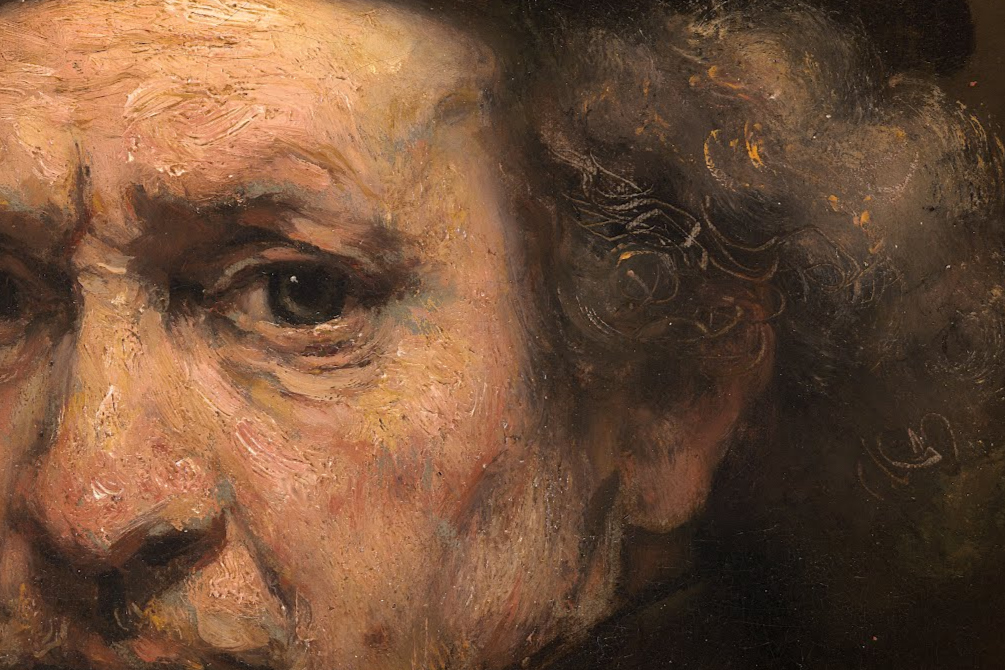
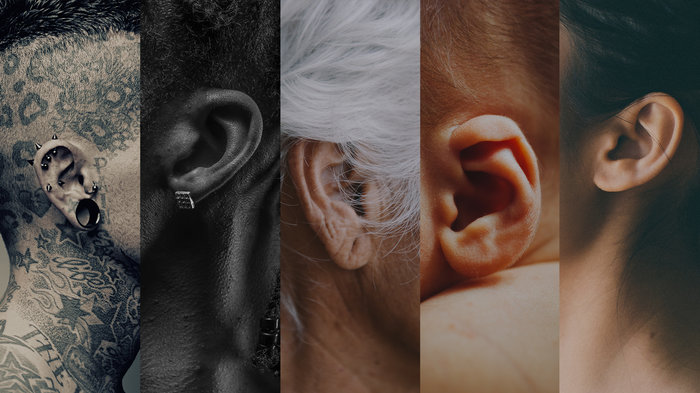
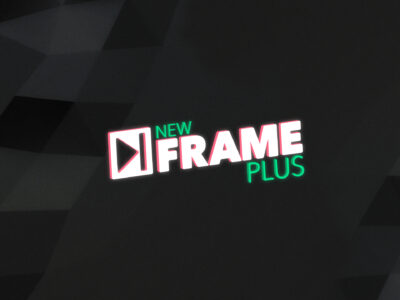
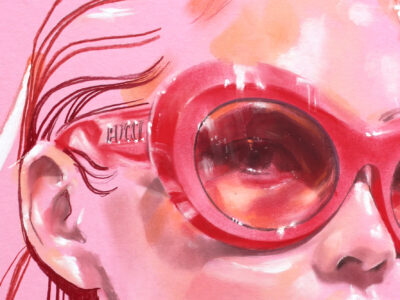
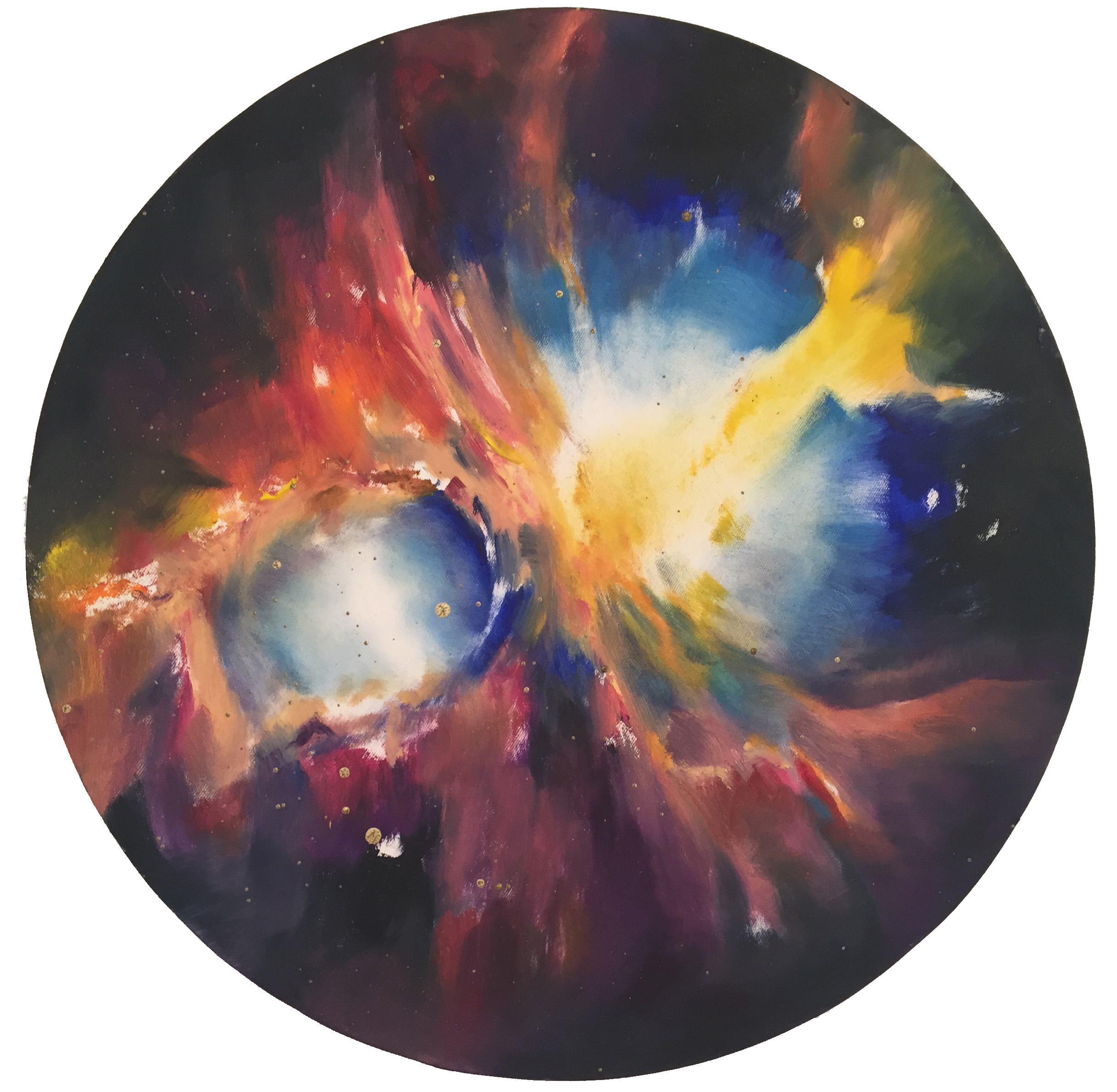
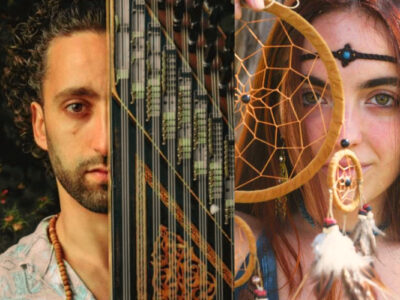
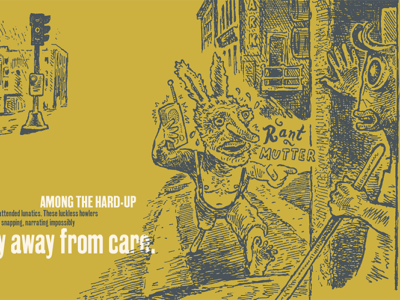
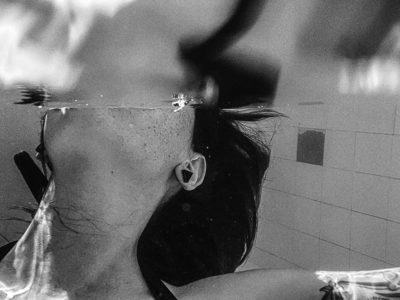

Trabalho incrível!